Home>Home Appliances>Laundry Appliances>How To Move A Washing Machine Easily
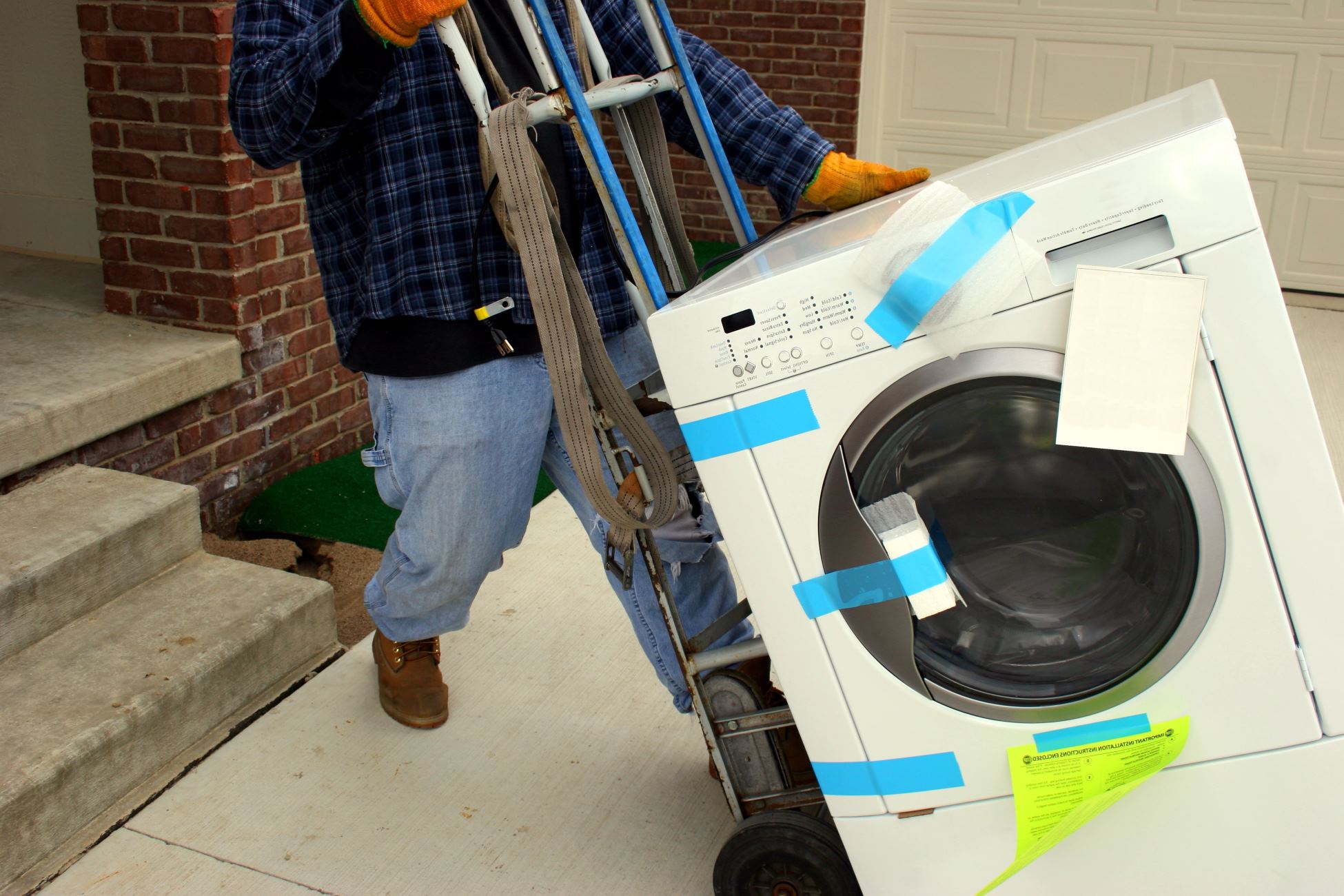

Laundry Appliances
How To Move A Washing Machine Easily
Modified: October 20, 2024
Learn how to move a washing machine with ease using our expert tips and techniques. Safely transport your laundry appliances without any hassle.
(Many of the links in this article redirect to a specific reviewed product. Your purchase of these products through affiliate links helps to generate commission for Storables.com, at no extra cost. Learn more)
Preparing for the Move
Moving a washing machine can be a daunting task, but with proper preparation, it can be accomplished smoothly and safely. Before you begin the process of relocating your washing machine, it's essential to take the necessary steps to ensure a successful move. Here's a comprehensive guide on how to prepare for moving your washing machine:
-
Clear the Surrounding Area: Start by clearing the area around the washing machine. Remove any obstacles, such as laundry baskets, cleaning supplies, or other items that may impede the moving process. Creating a clear pathway will make it easier to maneuver the washing machine.
-
Secure Loose Items: Check the washing machine for any loose items, such as detergent containers, laundry pods, or loose hoses. Secure these items to prevent them from falling or causing obstructions during the move.
-
Clean the Interior: It's a good idea to run a cleaning cycle on the washing machine before moving it. This will help remove any residual detergent or debris, ensuring that the interior of the machine is clean and ready for transport.
-
Turn Off the Power: Prior to moving the washing machine, ensure that it is disconnected from the power source. Unplug the machine from the electrical outlet to prevent any potential electrical hazards during the move.
-
Turn Off the Water Supply: Locate the water supply valves behind the washing machine and turn them off. This will prevent any water from leaking out of the hoses during the move, minimizing the risk of water damage.
-
Prepare Moving Materials: Gather the necessary materials for the move, including moving blankets, packing tape, and a dolly or hand truck. These items will help protect the washing machine during transport and make the moving process more manageable.
By taking these preparatory steps, you can ensure that your washing machine is ready to be moved safely and efficiently. With a clear pathway, secured items, and the necessary tools at hand, you'll be well-prepared to tackle the next steps of disconnecting, moving, and reconnecting your washing machine in its new location.
Key Takeaways:
- Prepare for a smooth washing machine move by clearing the area, securing loose items, and gathering moving materials. Turn off power and water supply to prevent accidents and damage.
- Moving a washing machine requires teamwork, caution, and proper lifting techniques. After moving, reconnect the machine carefully to ensure smooth laundry operations in its new location.
Read more: How To Easily Move A Mattress
Gathering the Necessary Tools
When it comes to moving a washing machine, having the right tools at your disposal can make a significant difference in the efficiency and safety of the process. Before embarking on the task of relocating your washing machine, it's crucial to gather the necessary tools to ensure a smooth and successful move.
-
Moving Blankets: These thick, padded blankets are essential for protecting the exterior of the washing machine during transport. By wrapping the machine in moving blankets, you can prevent scratches, dents, and other damage that may occur during the move.
-
Packing Tape: High-quality packing tape is indispensable for securing the moving blankets around the washing machine. It provides an extra layer of protection and helps keep the blankets in place during transport, minimizing the risk of them slipping or coming loose.
-
Dolly or Hand Truck: A sturdy dolly or hand truck is a valuable tool for maneuvering the washing machine, especially if you need to navigate stairs or uneven surfaces. It reduces the physical strain of lifting and carrying the heavy appliance, making the moving process more manageable.
-
Adjustable Wrench: An adjustable wrench is necessary for disconnecting the water supply hoses from the washing machine. It allows you to loosen the hose connections and remove them safely without causing damage to the fittings.
-
Utility Knife: A utility knife comes in handy for cutting packing tape, trimming moving blankets, and performing other tasks that may arise during the moving process. It's a versatile tool that can help streamline the packing and unpacking of the washing machine.
-
Furniture Dolly (Optional): If you anticipate needing to move the washing machine over longer distances or rough terrain, a furniture dolly with larger wheels can provide added stability and ease of movement.
By ensuring that you have these essential tools on hand, you can approach the task of moving your washing machine with confidence and preparedness. These tools not only facilitate the physical aspects of the move but also contribute to the overall safety and protection of the appliance throughout the relocation process.
Disconnecting the Washing Machine
Disconnecting a washing machine is a critical step in the process of moving it to a new location. Properly disconnecting the appliance ensures that it can be safely transported without causing damage to the machine or its surrounding environment. Here's a detailed guide on how to disconnect a washing machine in preparation for a move:
-
Turn Off the Water Supply: Begin by locating the water supply valves behind the washing machine. Turn the valves clockwise to shut off the water supply to the appliance. This step is crucial in preventing any water leakage during the disconnection process.
-
Unplug the Power Cord: Once the water supply is turned off, unplug the washing machine's power cord from the electrical outlet. This step is essential for safety and prevents any electrical mishaps during the disconnection process.
-
Remove the Drain Hose: If your washing machine is equipped with a drain hose, carefully detach it from the drainage pipe or utility sink. Be prepared for residual water to drain from the hose, so it's advisable to have a container or towels on hand to catch any excess water.
-
Disconnect the Water Supply Hoses: Using an adjustable wrench, loosen the connections of the hot and cold water supply hoses from the back of the washing machine. Once loosened, carefully remove the hoses from the machine's water inlet valves. Be cautious of any remaining water in the hoses and have a towel ready to address any spills.
-
Prepare the Hoses for Transport: After disconnecting the water supply hoses, it's important to ensure that they are properly prepared for transport. Drain any remaining water from the hoses and allow them to dry completely. Coil the hoses neatly and secure them with a twist tie or rubber band to prevent tangling during the move.
-
Secure Loose Components: Take a moment to secure any loose components, such as the power cord and drain hose, to the washing machine. Using packing tape or cable ties, fasten these components to the appliance to prevent them from dangling or getting caught during transport.
By following these steps, you can effectively disconnect your washing machine in preparation for a move. Taking the time to perform each task with care and attention to detail will help ensure a smooth and hassle-free disconnection process, setting the stage for a successful relocation of your washing machine.
Tip: Before moving a washing machine, disconnect the power and water supply, and remove any accessories. Use a dolly or moving straps to safely transport the machine, and secure it in the moving vehicle to prevent damage.
Moving the Washing Machine
Moving a washing machine requires careful planning and execution to ensure the appliance is transported safely and without damage. Once the washing machine is properly disconnected and all necessary tools are gathered, it's time to tackle the physical task of moving the appliance to its new location. Here's a detailed guide on how to move a washing machine with precision and care:
-
Enlist Assistance: Before attempting to move the washing machine, it's advisable to enlist the help of at least one other person. Washing machines are heavy and cumbersome, and having additional hands to assist with the lifting and maneuvering can make the process much more manageable.
-
Slide the Machine Onto the Dolly: Position the dolly or hand truck next to the washing machine. With the assistance of your helpers, carefully tilt the washing machine and slide the dolly underneath it. Ensure that the machine is securely positioned on the dolly, and use straps or bungee cords to secure it in place.
-
Navigate Stairs and Obstacles: If you need to move the washing machine up or down stairs, take extreme caution. Tilt the dolly backward slightly and have one person stabilize the machine while the others guide it up or down the stairs. Clear any obstacles or debris from the path to prevent tripping or accidents.
-
Use Proper Lifting Techniques: When lifting the washing machine, remember to bend at the knees and lift with your legs to avoid strain on your back. Maintain a firm grip on the appliance and communicate clearly with your helpers to ensure coordinated movement.
-
Transport to the New Location: Carefully wheel the dolly to the new location of the washing machine. Be mindful of any uneven surfaces or thresholds, and proceed with caution to prevent tipping or jostling of the appliance.
-
Positioning the Machine: Once the washing machine is in its new location, carefully remove it from the dolly and position it in its designated spot. Take care to level the machine if necessary and ensure that it is stable and secure.
By following these steps and exercising caution throughout the process, you can successfully move your washing machine to its new location without incident. With proper planning and teamwork, the physical task of moving the washing machine can be accomplished with efficiency and care, setting the stage for the final step of reconnecting the appliance in its new home.
Reconnecting the Washing Machine
After successfully moving the washing machine to its new location, the final step in the relocation process is to reconnect the appliance. Properly reconnecting the washing machine ensures that it can resume its essential function of laundering clothes while avoiding any potential issues or damage. Here's a detailed guide on how to reconnect the washing machine with precision and care:
-
Positioning the Machine: Before reconnecting the washing machine, ensure that it is positioned in its designated spot with proper leveling. It's essential to place the machine on a stable and level surface to prevent any imbalance or shaking during operation.
-
Unpack and Inspect Hoses: If the water supply hoses were detached during the move, unpack them and inspect for any damage or wear. Check the hose connections for any signs of wear or deterioration, and replace them if necessary to prevent potential leaks.
-
Reconnect the Water Supply Hoses: Using the adjustable wrench, reattach the hot and cold water supply hoses to the corresponding water inlet valves on the back of the washing machine. Ensure that the connections are secure and tightened to prevent any water leakage during operation.
-
Attach the Drain Hose: If the drain hose was disconnected, carefully reattach it to the drainage pipe or utility sink. Ensure that the connection is secure and free from any kinks or obstructions that may impede proper drainage.
-
Plug in the Power Cord: Once the water supply and drain hoses are reconnected, plug the washing machine's power cord back into the electrical outlet. Ensure that the cord is properly inserted and that the outlet is functioning correctly to provide power to the appliance.
-
Turn On the Water Supply: After all connections are secured, turn the water supply valves back on to allow water to flow into the washing machine. Check for any leaks or drips around the hose connections and address any issues promptly to prevent water damage.
-
Test the Machine: With the washing machine reconnected and powered on, run a test cycle to ensure that it is functioning properly. Check for any unusual noises, leaks, or malfunctions during the test cycle, and make any necessary adjustments or repairs as needed.
By following these steps and paying attention to detail during the reconnection process, you can ensure that your washing machine is ready to resume its essential role in your household. Properly reconnecting the appliance sets the stage for seamless and efficient laundry operations in its new location, providing peace of mind and convenience for your daily household tasks.
Frequently Asked Questions about How To Move A Washing Machine Easily
Was this page helpful?
At Storables.com, we guarantee accurate and reliable information. Our content, validated by Expert Board Contributors, is crafted following stringent Editorial Policies. We're committed to providing you with well-researched, expert-backed insights for all your informational needs.
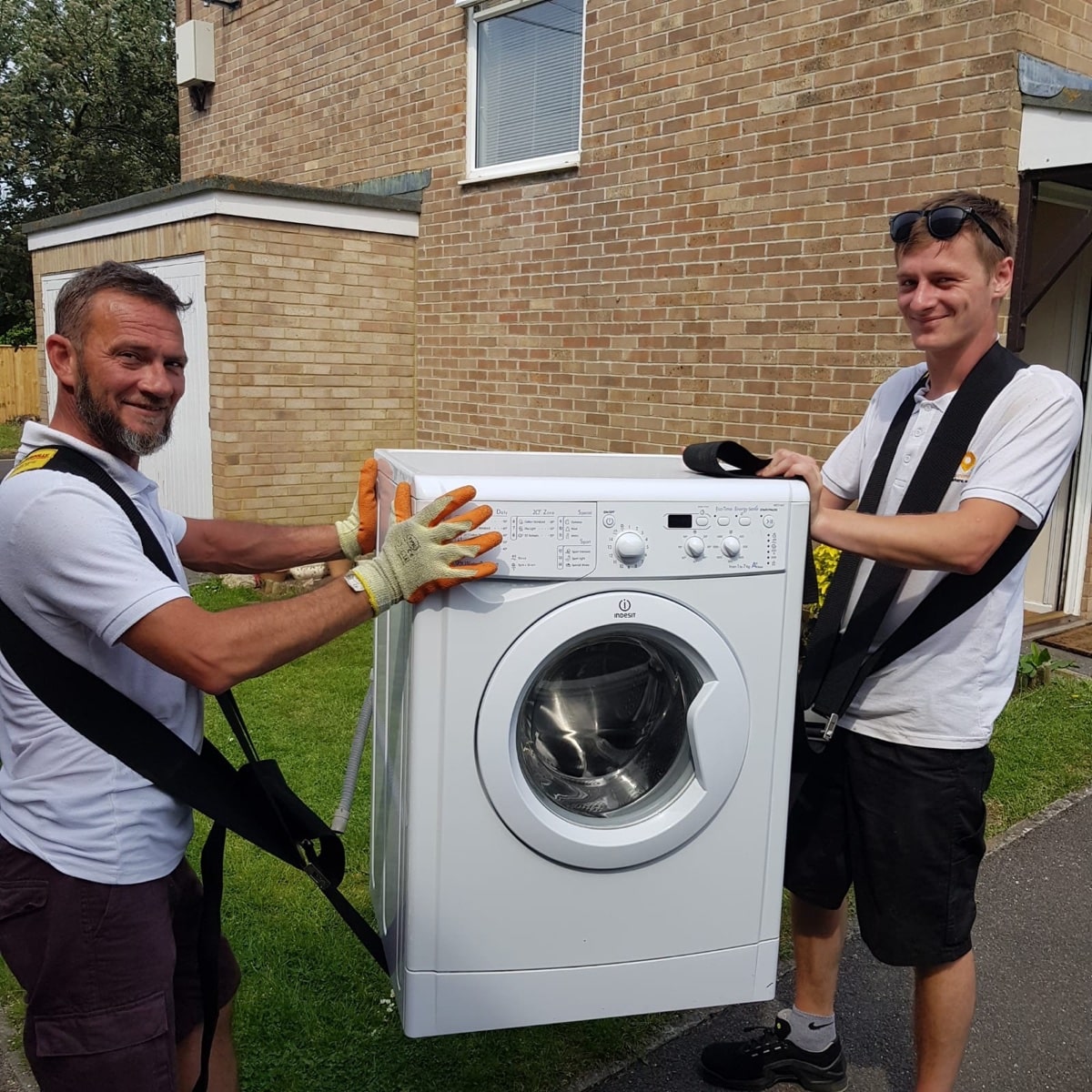

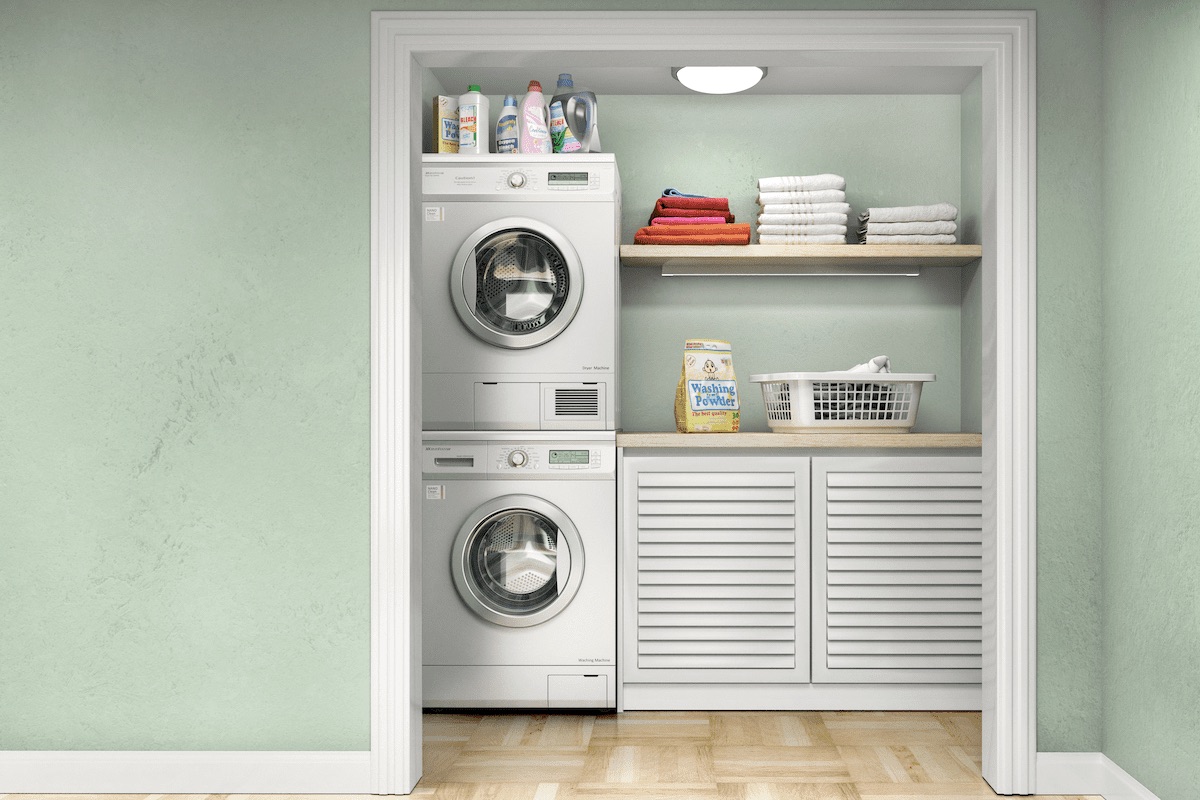
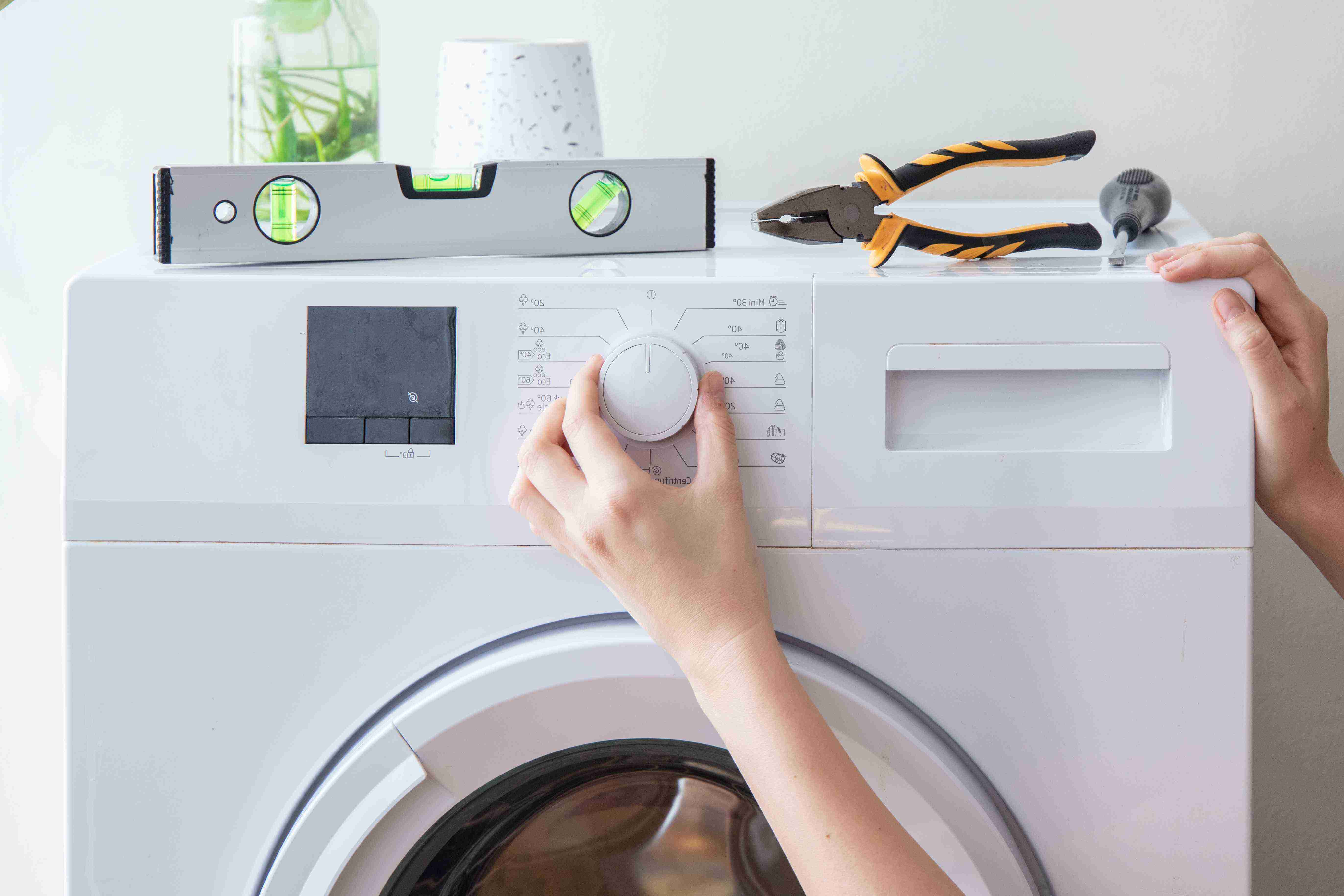


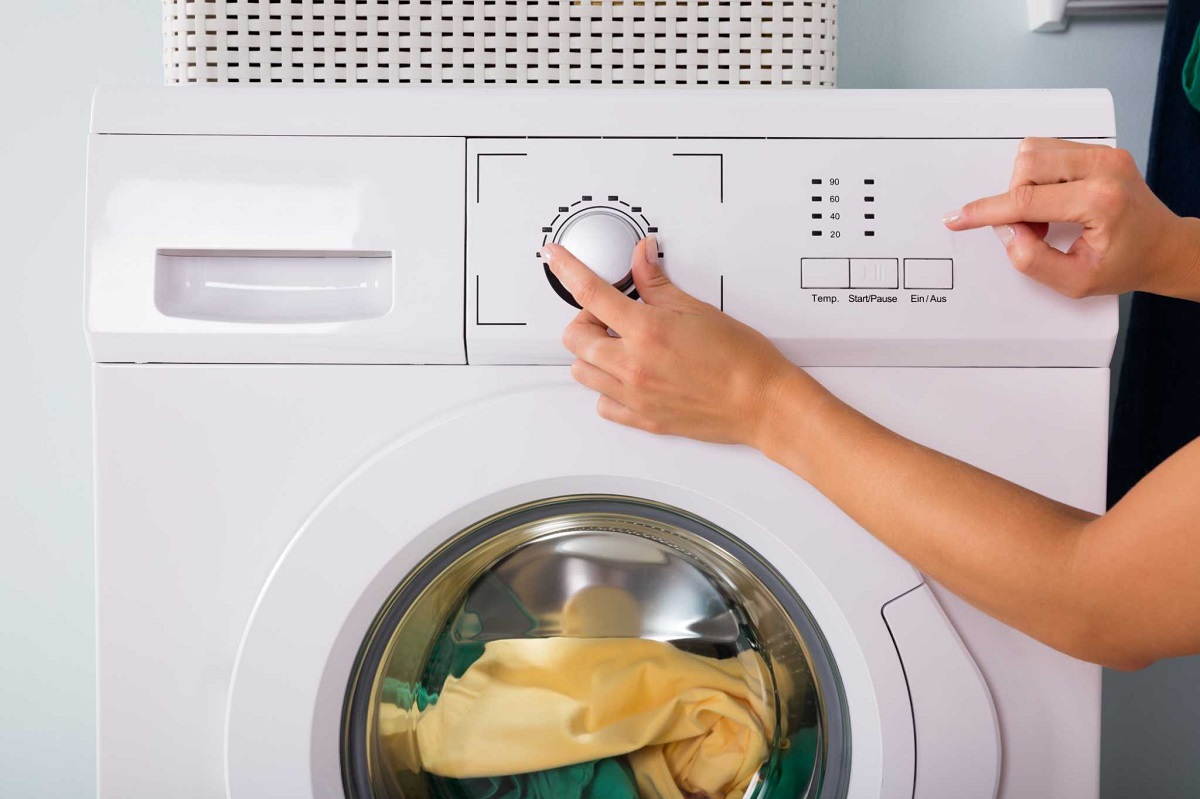
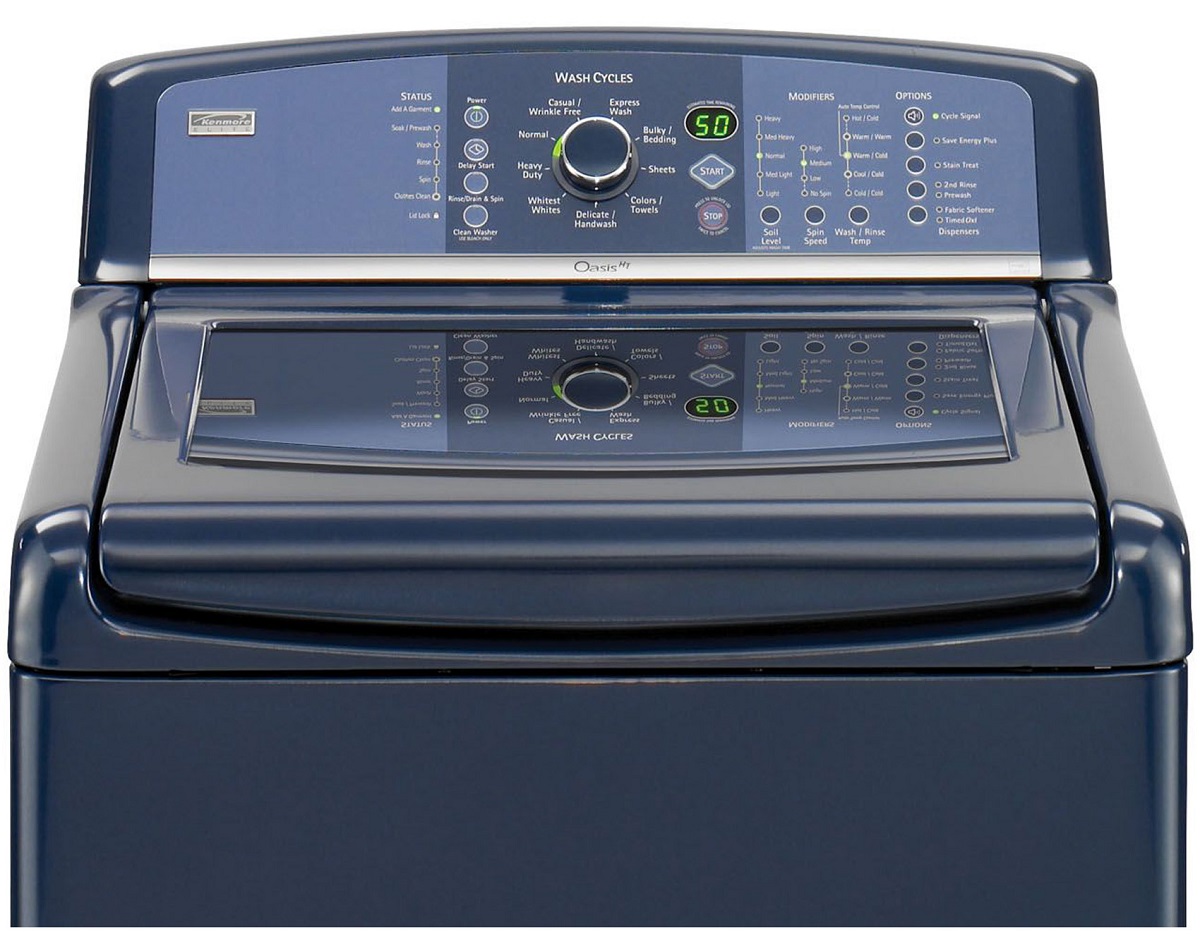
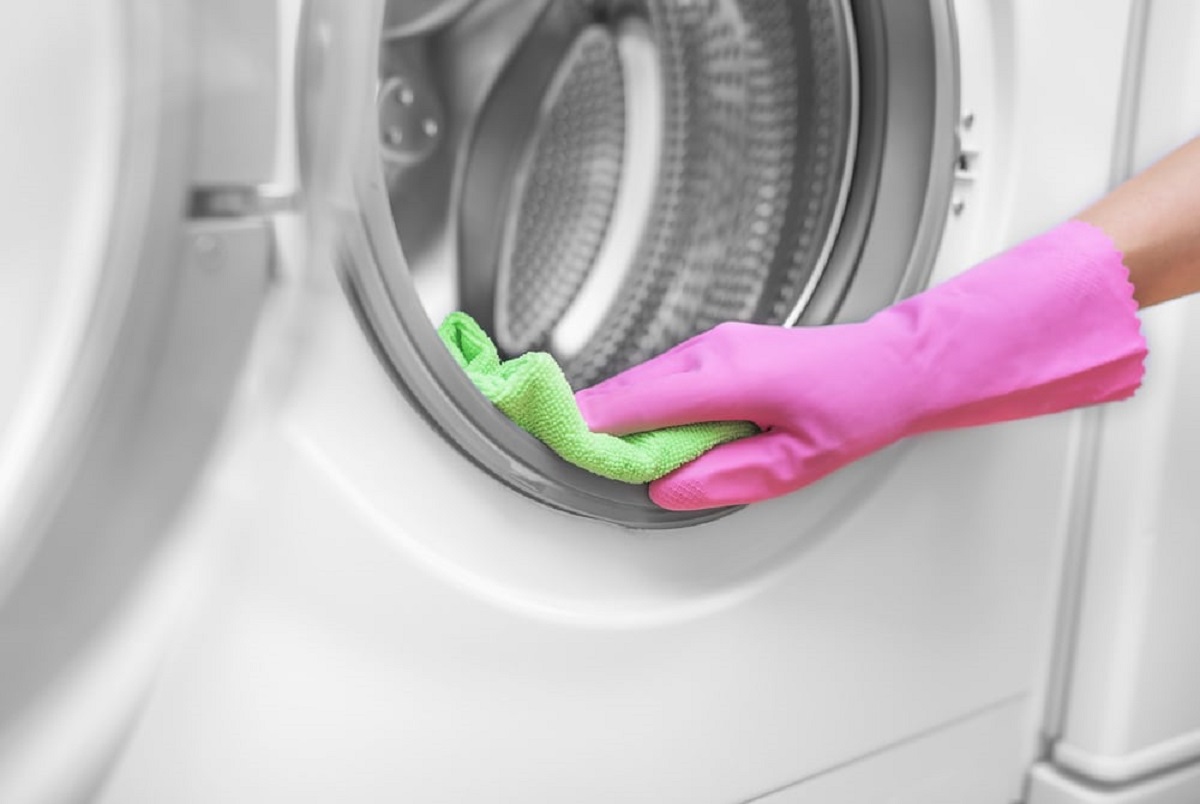
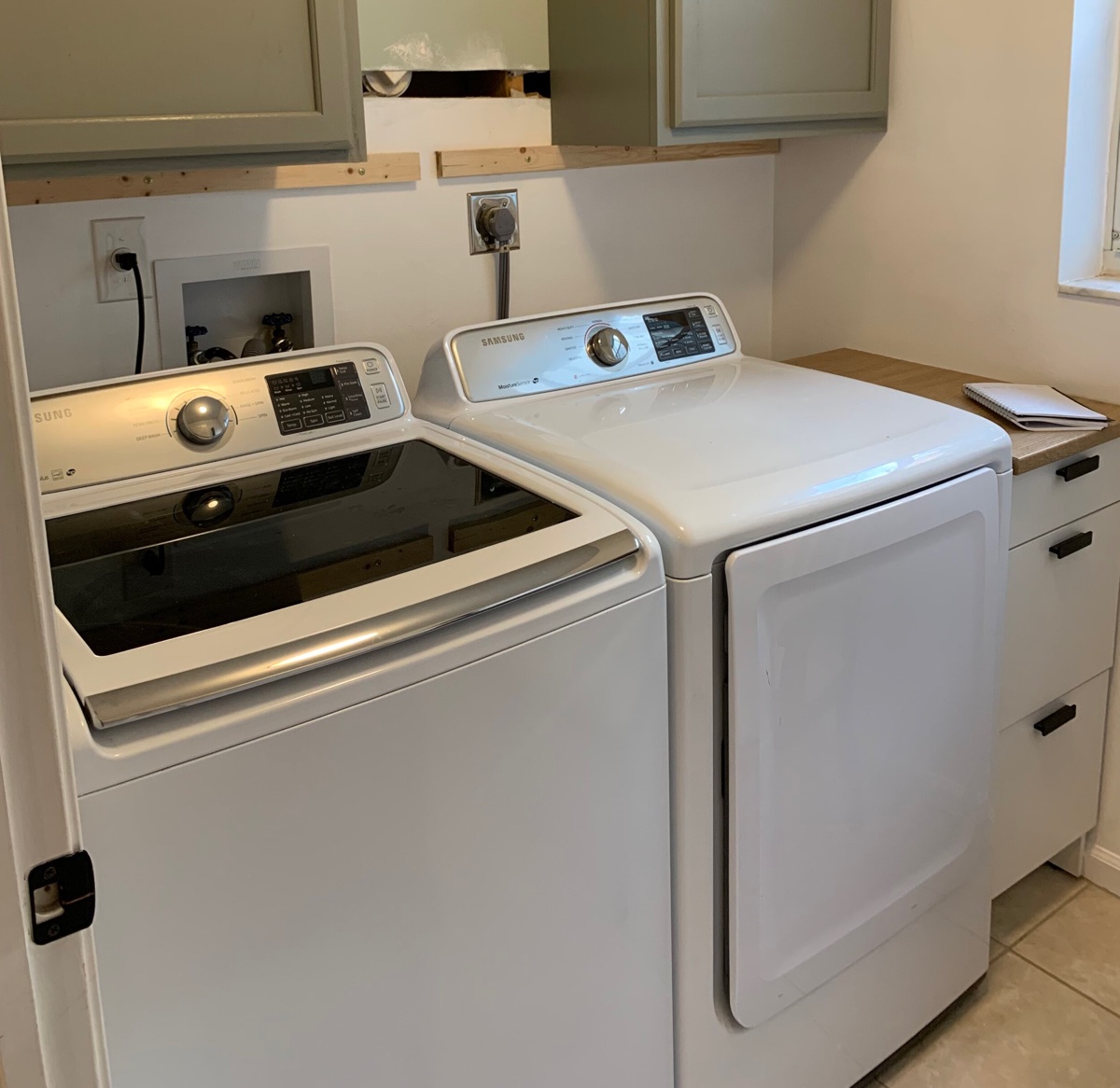
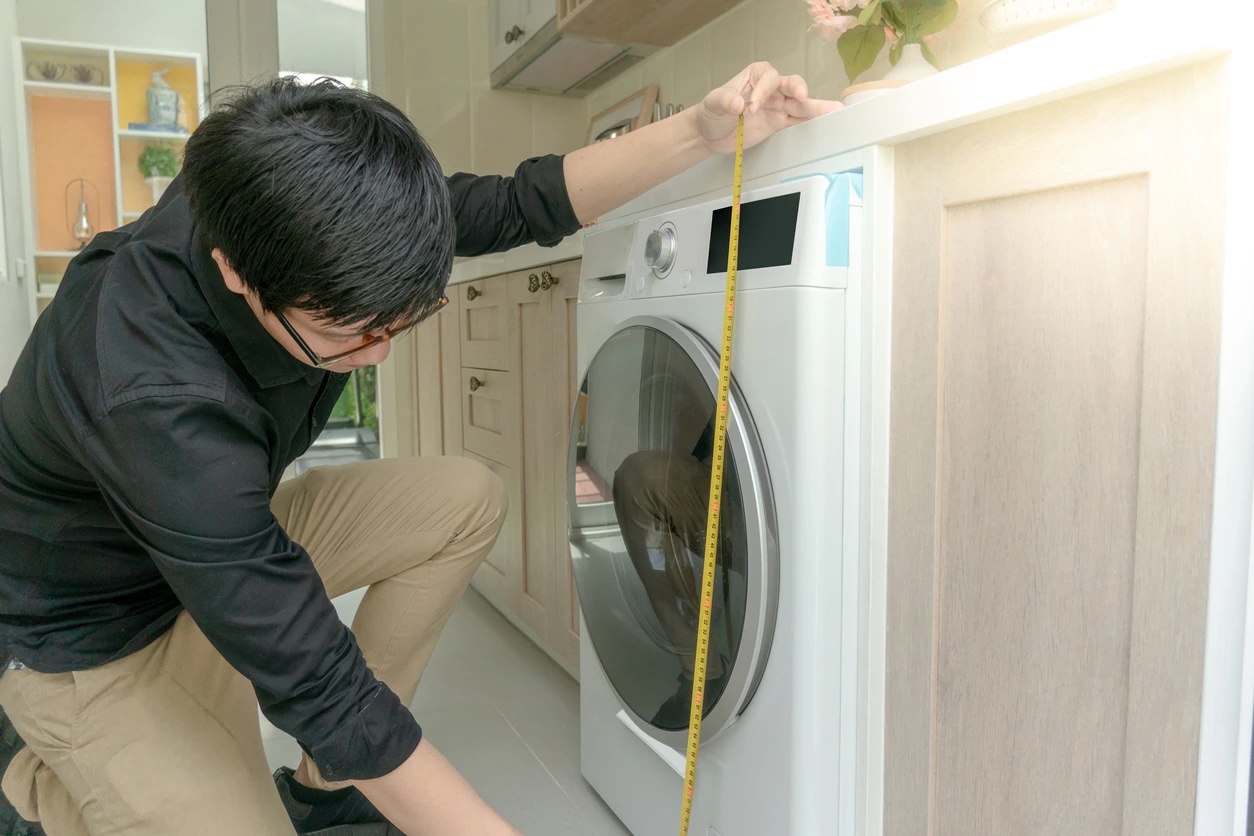
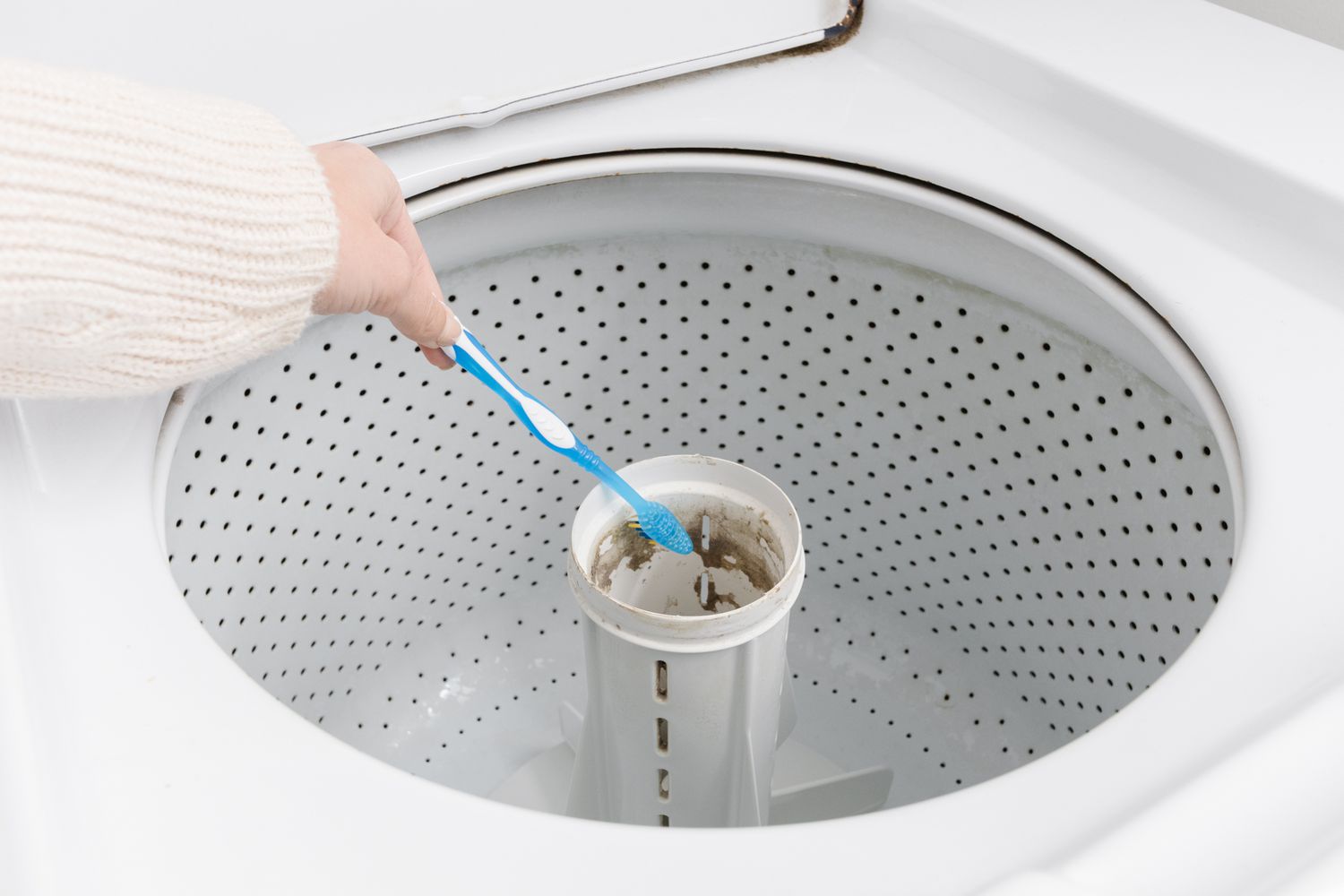

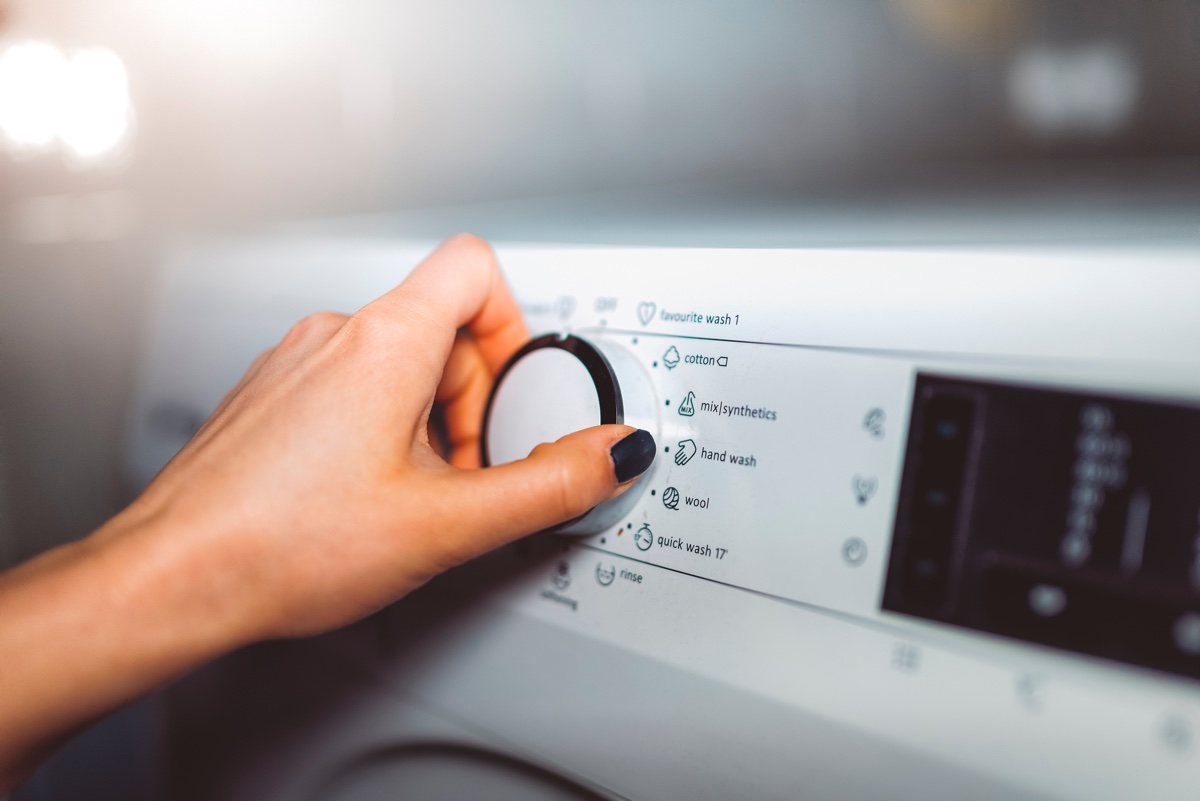


0 thoughts on “How To Move A Washing Machine Easily”